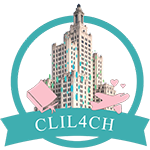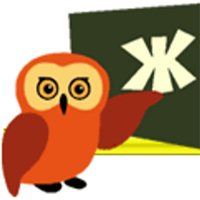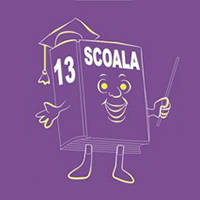During the project lifetime the following Intellectual Outputs will be realized:
IO1: eTextbook on Cultural Heritage in English with 10 lessons, a digital resource book
IO2: Digital stories about Mileva Maric Einstein, Traian Vuia, and Dante Alighieri
IO3: Video tutorials (short instructional video clips) on digital storytelling tools, project management and creating eBooks
Furthermore, intangible results on the target groups (students, teachers, parents, students families, and relevant stakeholders) will be achieved
- Developed student’s 21st-century skills and soft skills
- Gained knowledge about the cultural heritage of all participating countries
- Improved participant’s cultural awareness and richness of EU countries cultural diversity
- boost English language skills of all participants’ (teachers and students through the use of CLIL methodology and communication among partners)
As a result, the expected impacts on the participants are beside the increased language skills and competencies, also acquired and applied innovative teaching methodology in CLIL and active learning which will lead to increased intrinsic motivation of students and their better performance. This will transform students’ involvement from being passive into active, critically thinking, functionally intelligent and proactive members and important partners in education with raised awareness about culture differences/ similarities as well as the cultural heritage.
The potential long term benefits of the project are
- established long term cooperation among the project partners
- written new joint project proposals
- organized joint events such as seminars on cultural heritage regularly
- gained more confidence among students’ participants
IO1: eTextbook
One of the intellectual outcomes of our cooperation within the project is the eTextbook. It represents a collection of lesson plans with innovative techniques and digital tools. Through CLIL methodology we combined various subjects into the classroom in order to learn about connections between prominent persons from each partners’ country with cultural heritage. The innovative methodology is implemented
in the existing curriculum and we formed a guide of recyclable lessons in three different subjects all integrated around the theme of cultural heritage. The eTextbook is elaborated as a series of 10 lesson plans, through which students and teachers will be able to improve, their knowledge of the heritage, habits, and language of the countries participating in this project. We had a great opportunity to cooperate, share ideas and experiences and give each other valuable feedbacks through the entire process. The teachers who created the eTextbook worked on the following topics:
- Gender equality and women in science – Serbia
- Creativity and inventions – Romania
- Communication and tolerance – Italy
eTextbooks
IO2: Digital storytelling
Intellectual Output 2 is digital stories prepared by students. They represent student’s investigation and gain knowledge base on which they create new products. Digital storytelling is the practice of using computer-based tools to tell stories and contain some mixture of computer-based images, text, recorded audio narration, video clips, and music.
While creating digital stories students developed enhanced communication skills by learning to organize their ideas, ask questions, express opinions and construct arguments using digital technologies.
Digital storytelling about Mileva Maric Einstein from Serbian students team
Digital storytelling about Traian Vuia from Romanian students team
Digital storytelling about Divine comedy by Dante Alighiery
IO3: Video tutorials
Technical training resources for
1. Digital storytelling design (graphic organizers, mind maps, timelines, editing and storyboard, text creating and editing, etc.)
Introduction to the digital storytelling video tutorial for students
Introduction to the digital storytelling video tutorial for teachers
Digital tools for digital stories video tutorials
2. Google Education (G Suite for Education platform, communication, evaluation, etc.)
Video tutorial create and send email
Video tutorial Google classroom
3. eTextbook creating and publishing (text and multimedia creation and editing, design, publishing, etc.)
eTextbook creating and publishing video tutorial
eTextbook





